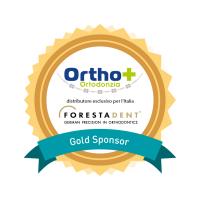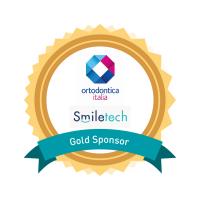Abstract
Open Bite and Aligners in Growing Patients: an Effective Treatment Approach
by Buonocore Gerarda
Clear aligner therapy in the interceptive treatment of children with malocclusion raises remarkable interest on Orthodontics, with an extensive application prospect. Due to his complex and multifactorial etiology, anterior open bite continues to be one of the most challenging malocclusions for orthodontists to successfully treat and retain. This malocclusion causes great functional and esthetic impairment that often affects patient self-esteem, thus justifying its correction. Smile esthetics influences social interactions during childhood and children affected with embarrassment due to malocclusion should be treated with appliances that not affect their social life. Clear aligners give the possibility to link the aesthetic and the comfort, with the efficacy and effectiveness of functional appliance. Many authors recommended that the best time to treat anterior open bite to achieve optimal results and stability is at the end of the primary dentition and the beginning of the mixed dentition. The goals of open bite treatment are: upper arch expansion, removal of occlusal interferences, correction of crown torque of upper and lower incisors, intrusion of upper and lower molars and extrusion of incisors and elimination of functional anomalies. Case reports of anterior open bite in growing patients are discussed. All patients were treated with Invisalign First clear aligners in the early mixed dentition. Clin-check plans and special instruction are described; cephalometric superimpositions at the end of treatments are illustrated. All treatment objectives were achieved within 18 months. The level of compliance was excellent, due to children wear aligners for as long as prescribed; in fact, no discomfort or speech impairment were reported and this therapy does not interfere with their daily activities (school or sport), ensuring that patients wear aligners as much as possible. During orthodontic therapy, it is possible to have myofunctional therapy to correct swallowing dysfunctions without removing clear aligners: the thickness of the aligners does not reduce lingual space and does not modify palatal proprioception. In conclusion, clear aligners can be effective in controlling the vertical dimension and in correcting mild to moderate anterior open bite in growing patients.
Learning Objectives
After this lecture, you will be able to learn about treatment goals of anterior open bite with aligners
After this lecture, you will be able to learn about the factors involving open bite closure in aligner teraphy
After this lecture, you will be able to elaborate instructions to clin-check plan in growing patients with anterior open bite












